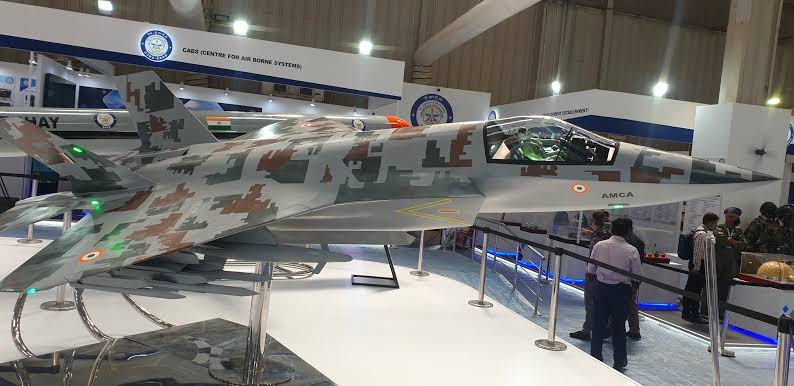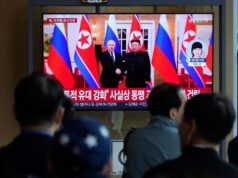After CCS approval for 5th Gen fighter, HAL will strive to catch up with rest of aviation world

The aircraft will roll out of the hangar within three-and-a-half years of the approval, and within a year after that, it will have its first flight. A model of the Advanced Medium Combat Aircraft was displayed at DefExpo-2022 held in Gujarat last week
The recent DefExpo-2022 held in Gujarat’s Gandhinagar last week, had on display a model of the AMCA.
The aircraft will roll out of the hangar within three-and-a-half years of the Gov5 approval and within a year after that, it will have its first flight said Dr AK Ghosh, project director of AMCA at Aeronautical Development Agency (ADA). Senior defence officials said that the preliminary design review of the aircraft is over rolling it out by 2025 is on the cards.
The Cabinet Committee Security (CCS) approval for the indigenous Advanced Medium Combat Aircraft (AMCA) — the fifth-generation twin engine fighter aircraft being developed indigenously for the Indian Air Force — is expected soon.
As per Dr Ghosh, the AMCA MK-1 will fly on the existing 90kN class engine (GE414 engines from the US) and AMCA MK-2 will be powered by a stronger engine to be developed indigenously by GTRE in partnership with a foreign player. Talks between India and France to conclude a deal for jointly developing a 125kN engine for the AMCA are at an advanced stage.
Next HAL has to strive to start testing the aircraft so as to hand over the first few fighters to IAF by 2029 and start series production by 2030. By 2035 IAF should behaving at least five Squadron in service.
Once inducted into the IAF, the AMCA will bring India into a select league of nations which have developed a fifth generation fighter. So far, only the US, Russia and China have developed such advanced jets — with the F-35 Lightning II, Sukhoi Su-57, J-20 Mighty Dragon all of which are in the heavy category. The AMCA will be in the medium weight category, which comprises 25-tonne class aircraft.
The indigenous content of the aircraft will be 75% to begin with, but the aim is to take it to 85 to 90% eventually in the years to come. The complex design of the aircraft includes an inbuilt weapons bay.
Then HAL will be in a position to start work on the six generation aircraft at par with other contemporaries in the field.
The IAF line up in 2035 should be as under:-
- Sukhoi 30 MKI – 15 squadrons
- Rafale – 06 Squadrons
- Tejas Mk1A – 06 Squadrons
- Tejas Mk2 – 12 Squadrons
- AMCA – 05 Squadron
- Mirage2000 – 02 Squadron
- Jaguar – 02 Squadron
- MRCA – 06 Squadron
With 54 squadrons, IAF will be in a position to fight a defensive two front war. It will need 63 squadrons for full fledged offensive / defensive two front war.




